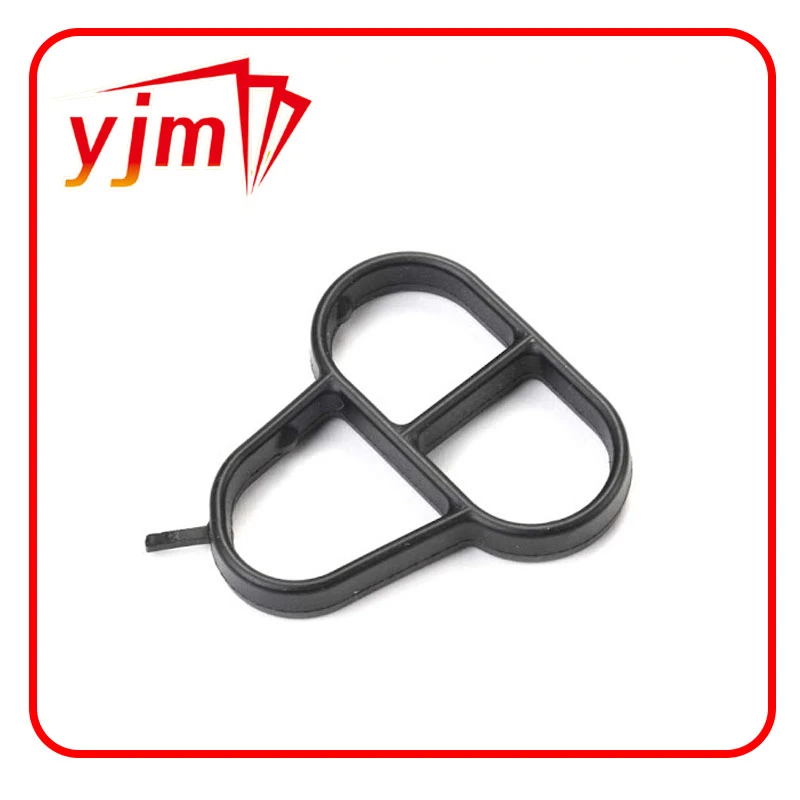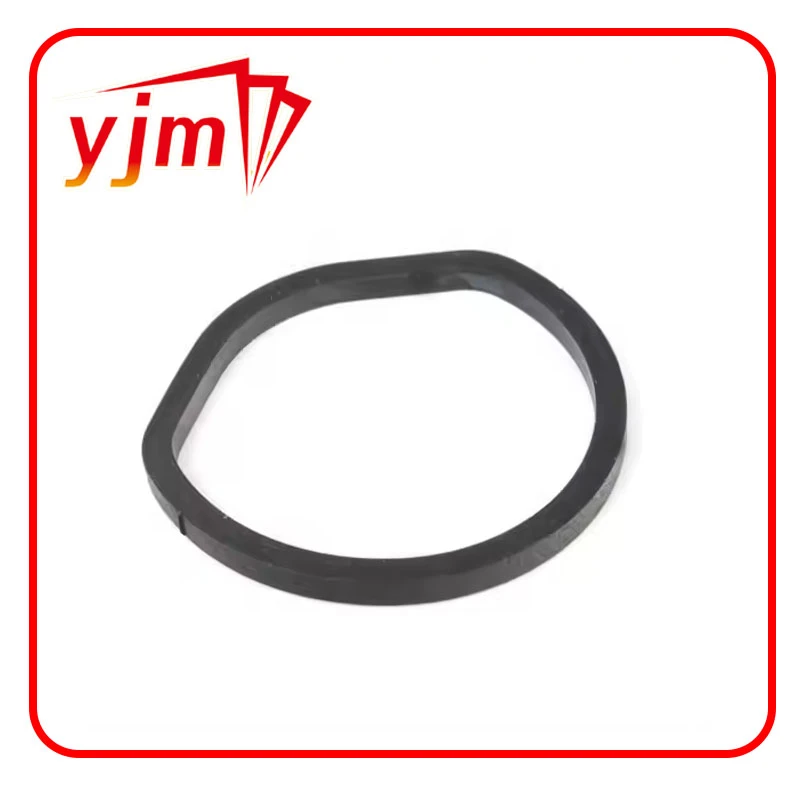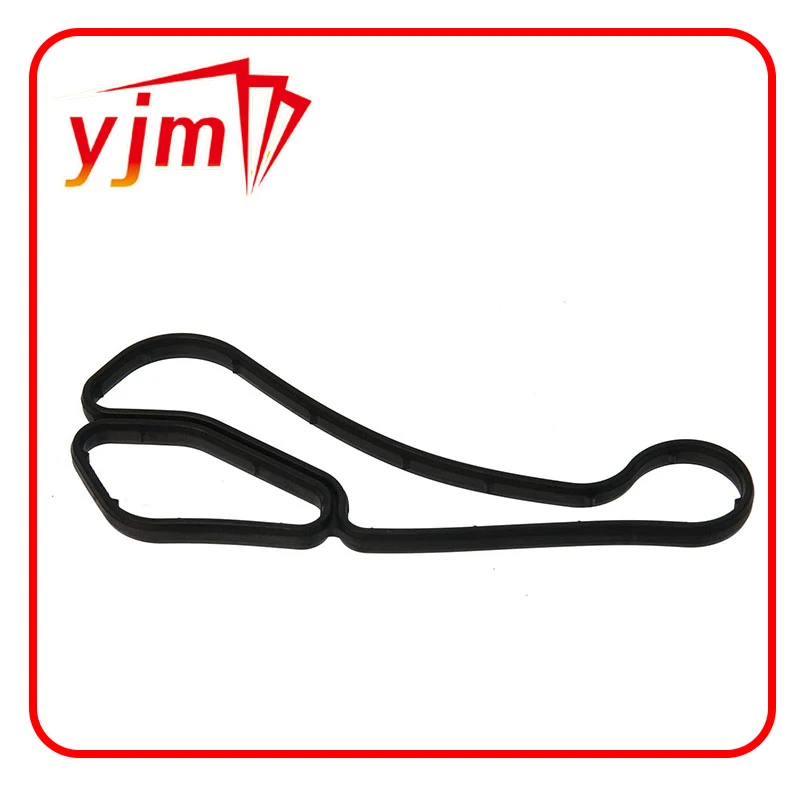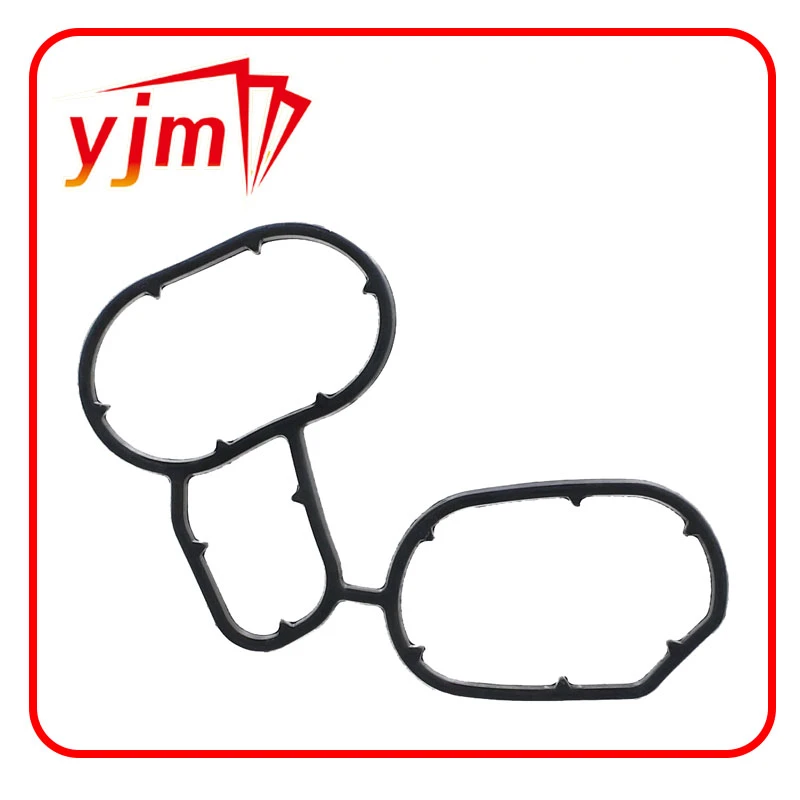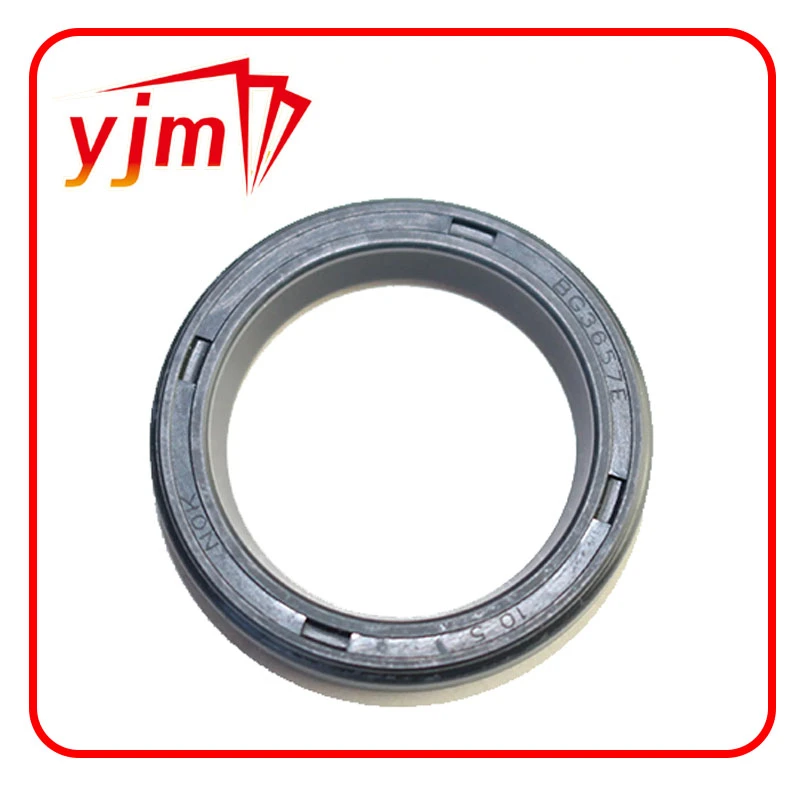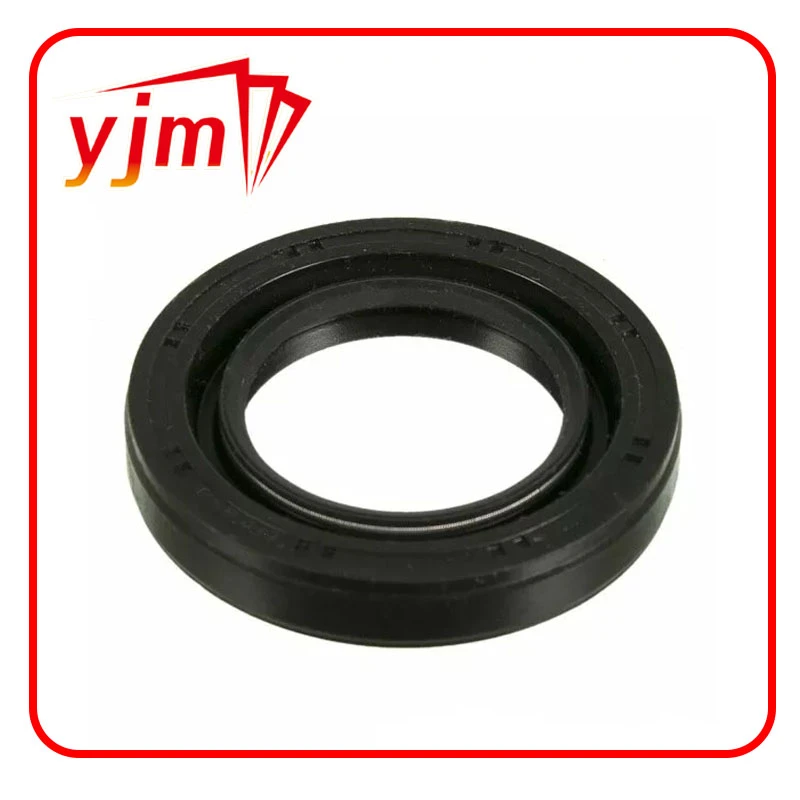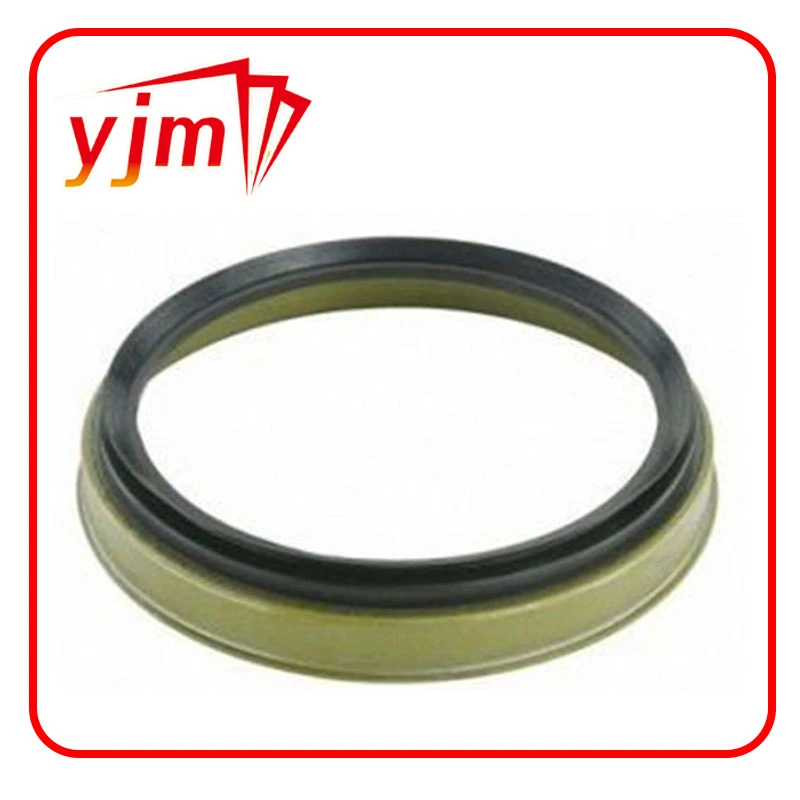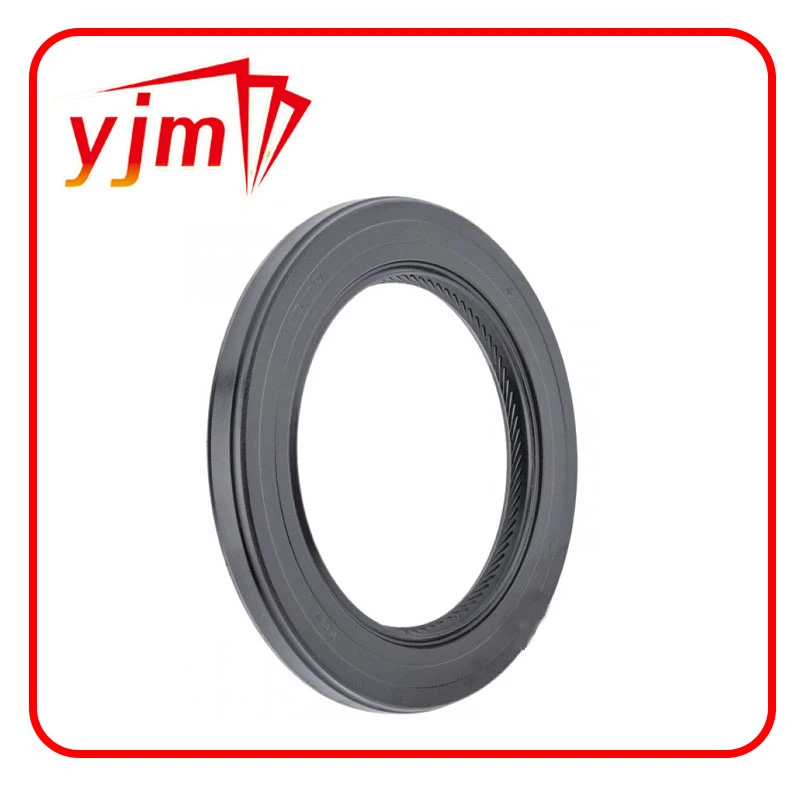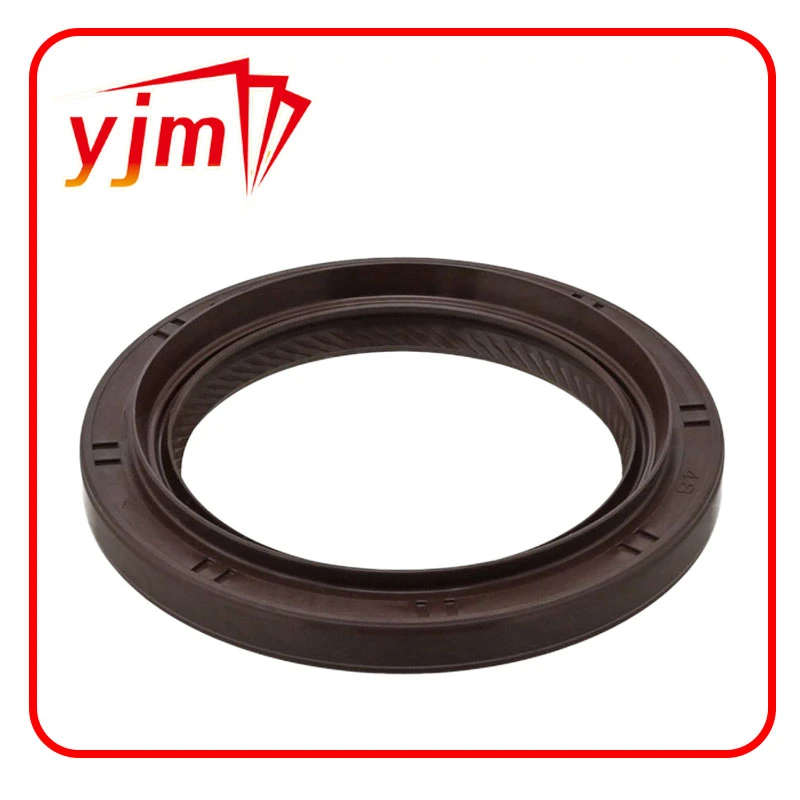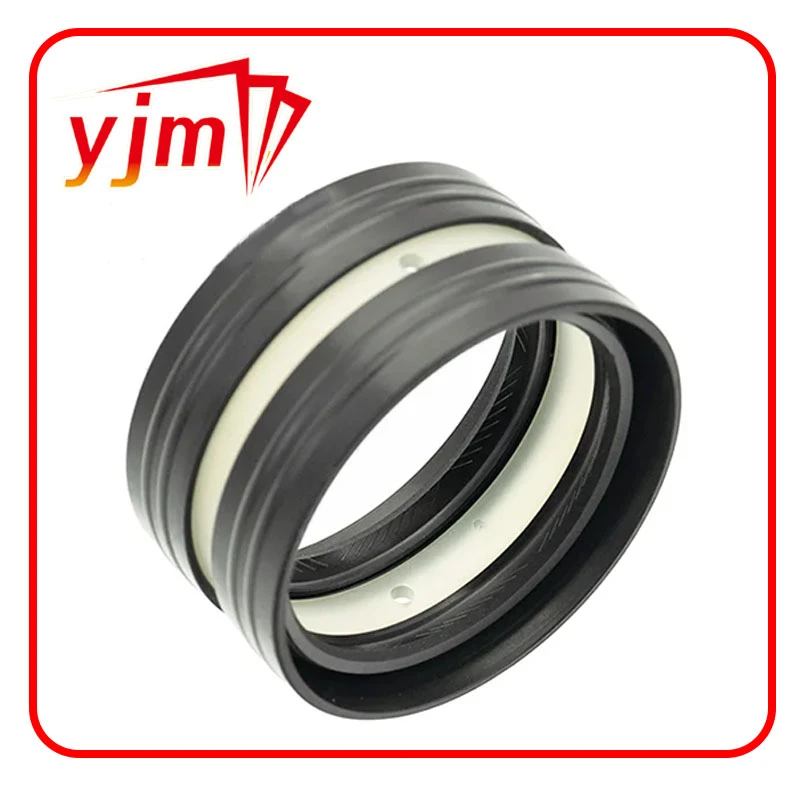Comprehensive Guide to Oil Sealing Components: From Manufacturing to High-Pressure Applications
Oil seals are critical components used to retain lubricants, exclude contaminants, and maintain pressure within various types of mechanical systems. From automotive engines to industrial machinery, choosing the right seal ensures optimal performance and long-term durability. In this article, we will explore essential oil sealing elements including oil hub seal, oil O-ring seals, oil retainer, oil seal cap, oil seal high pressure, oil seal hub, and oil seal manufacturing, highlighting their functions and importance in different applications.
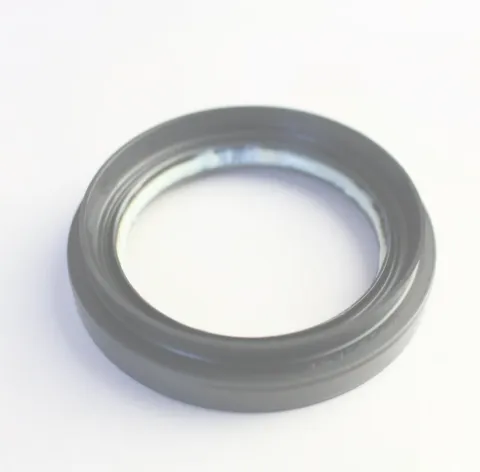
Understanding Oil Seal Variants and Their Applications
The world of oil seals is vast, encompassing multiple types designed for specific uses. Whether sealing a rotating shaft or a static joint, selecting the right design is key to preventing leaks and prolonging component life.
Oil Hub Seal
The oil hub seal is primarily used in automotive and heavy-duty truck wheel hubs to prevent oil or grease from leaking out and contaminants from entering. These seals are especially vital in trailer axles and heavy machinery, where wheel bearings rely on clean lubrication to function properly.
Key features of the oil hub seal:
High-temperature and high-load resistance
Precision sealing for rotating hubs
Extended service life in rugged conditions
By effectively sealing wheel hubs, the oil hub seal helps prevent bearing failure and ensures safe and efficient vehicle operation.
Oil O-Ring Seals
Oil O-ring seals are circular elastomeric seals used in static or dynamic applications to block oil passage between metal surfaces. Their versatility makes them common in engines, pumps, gearboxes, and hydraulic systems.
Advantages of oil O-ring seals:
Simple, cost-effective sealing solution
Wide material variety (Nitrile, Viton, Silicone)
Compatible with both low- and high-pressure systems
Despite their simple design, oil O-ring seals play a crucial role in maintaining system integrity by preventing leaks and ensuring precise oil containment.
Oil Retainer
The oil retainer, often referred to as an oil seal retainer or housing, is a structural component that supports or holds the oil seal in place. It ensures proper alignment and secure fitment of the sealing element within the system.
Functions of the oil retainer include:
Providing a stable mount for oil seals
Helping distribute radial loads
Preventing seal misalignment during operation
Commonly found in engines, transmissions, and industrial gearboxes, the oil retainer is essential for consistent sealing performance and easy maintenance.
Sealing Performance in Specialized and High-Pressure Environments
Certain environments demand oil seals that can withstand extreme conditions such as high pressure, thermal cycling, and aggressive chemicals. Advanced materials and manufacturing techniques make this possible.
Oil Seal Cap
An oil seal cap is used to close off the end of a shaft or housing, particularly in systems where shaft movement does not occur, or where a temporary seal is needed during storage or transport.
Benefits of the oil seal cap:
Protects components from dirt, dust, and moisture
Offers a secondary sealing layer over the primary oil seal
Easy to install and remove
This type of seal is frequently used in manufacturing and transport industries where protecting components during idle periods is essential.
Oil Seal High Pressure
As its name implies, the oil seal high pressure is designed to handle systems operating under extreme pressure conditions, often exceeding 100 bar. These seals are typically reinforced with metal cases or PTFE (Teflon) sealing lips to resist extrusion and maintain integrity.
Applications of oil seal high pressure:
Hydraulic pumps and motors
Oil drilling equipment
High-pressure gearboxes and compressors
Features of oil seal high pressure include:
Resistance to blowout and deformation
Excellent sealing at elevated temperatures
Long service life in heavy-duty environments
Using the correct oil seal high pressure prevents catastrophic failures and leakage in mission-critical systems.
From Production to Practical Use: The Oil Seal Manufacturing Process
Behind every effective seal is a sophisticated oil seal manufacturing process that ensures high quality, consistency, and reliability. Manufacturing oil seals involves material selection, mold design, rubber vulcanization, and precision machining.
Oil Seal Hub
The oil seal hub refers to the integrated system where the oil seal and hub assembly work together to protect wheel bearings or gear systems. In many cases, the oil seal hub includes both the bearing and sealing system, simplifying installation and reducing failure risks.
Advantages of the oil seal hub:
Integrated design reduces potential leak points
Enhances reliability and assembly efficiency
Common in trailer, truck, and agricultural equipment
By combining sealing and structural support, the oil seal hub is a modern solution for efficient, maintenance-friendly design.
Oil Seal Manufacturing
The process of oil seal manufacturing involves multiple stages:
Material selection – Choosing the right rubber compound (e.g., NBR, Viton, Silicone) based on temperature, pressure, and fluid compatibility.
Tooling and mold design – Creating precision molds that shape the seal to exact tolerances.
Compression or injection molding – Forming the seal under controlled heat and pressure.
Trimming and finishing – Removing flash and ensuring surface smoothness.
Quality inspection – Testing for dimensional accuracy, hardness, and sealing performance.
Modern oil seal manufacturing utilizes advanced technologies such as CAD modeling, automated production lines, and computerized testing to produce seals with unmatched reliability and consistency.
Building Better Systems with Specialized Oil Seals
Each sealing component — from the oil hub seal to the oil seal high pressure — plays a specific role in maintaining the safety, reliability, and performance of machinery and vehicles. The success of a mechanical system depends on how well these seals are chosen, installed, and maintained.
Key takeaways:
The oil hub seal and oil seal hub are essential for wheel and bearing systems.
Oil O-ring seals, oil retainers, and oil seal caps ensure tight seals in engines, tanks, and housings.
Oil seal high pressure components are critical in hydraulic and high-load environments.
Advanced oil seal manufacturing techniques ensure long-lasting and precise sealing solutions.
Selecting the right oil seal for your application not only prevents leaks but also protects vital components, improves efficiency, and reduces costly downtime. Investing in high-quality sealing products and understanding their functions will ensure lasting performance across all industries.
-
Seal 12x20x5: Precision Radial Shaft Seals for Industrial Reliability
Jaunumi Nov.24,2025
-
Seal 12x18x5: Essential Guide to Specifications, Applications & Vendors
Jaunumi Nov.24,2025
-
Understanding Seal 12 20 5: Applications, Specifications & Industry Insights
Jaunumi Nov.23,2025
-
Durable Oil Seal 85x110x12 – Reliable Sealing Solutions for Industry
Jaunumi Nov.23,2025
-
Durable and Precise Oil Seal 75x95x10 for Efficient Machinery | YJM Seal
Jaunumi Nov.22,2025
-
Durable Oil Seal 75x100x10 for Reliable Industrial Performance | YJM Seal
Jaunumi Nov.22,2025
-
High-Quality Oil Seal 65x90x10 | Durable & Reliable Sealing Solutions
Jaunumi Nov.22,2025
Produktu kategorijas

